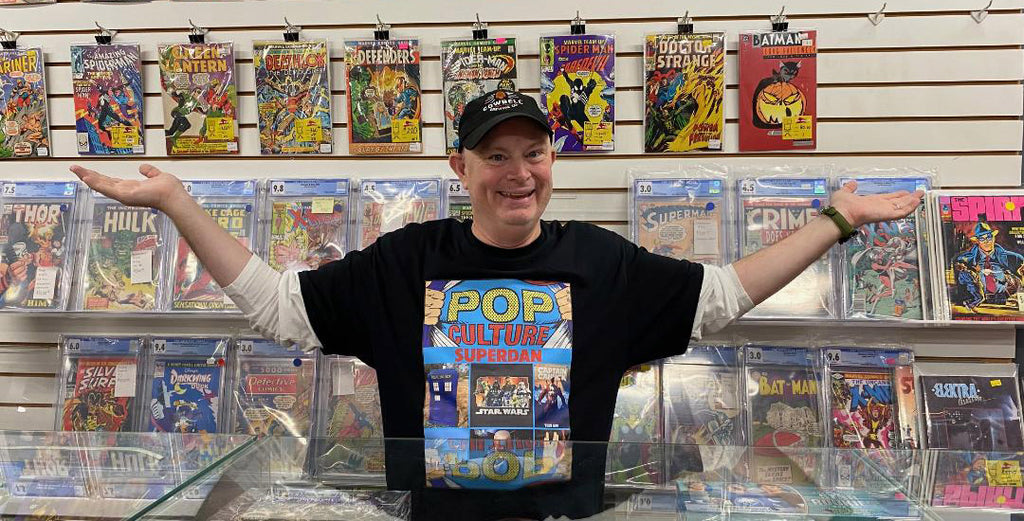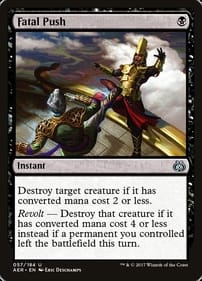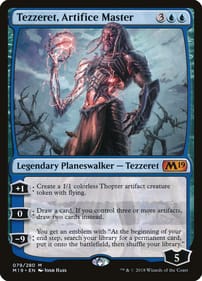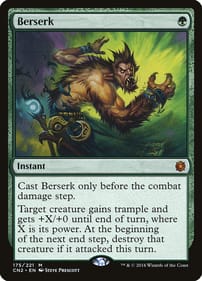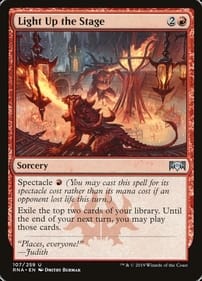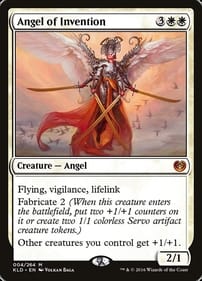Back to School for Gifted Children
By Dan BrownIt’s early September, the perfect time for a back-to-school column. And the subject of this one is schools for gifted children, a recurring trope in pop culture I first came across in the pages of Marvel Comics in the late 1970s.At these places of learning, the students can be mutants or sorcerers or vampires or weirdos. The private-school setting is the common thread that ties them all together, and it’s a plot device that’s been so widely used, it’s become a narrative crutch that deserves to be parodied.The most recent example I noticed comes from the Netflix series Wednesday, which dropped last November. Although I love the Addams Family characters, Wednesday wasn’t really my thing. But my wife convinced me to watch long enough for me realize, “Hey, Nevermore Academy is the latest in a long line of Gothic boarding schools where things aren’t as they seem and perhaps monsters roam the halls!”(Fun fact: The original Addams Family television show was inspired by a single-panel recurring cartoon in The New Yorker magazine.)The first one of these schools I ever encountered was Professor Xavier’s School for Gifted Children. Maybe you can relate.I began reading The Uncanny X-Men in the early days of John Byrne’s run on the title as penciller, and I loved the characters so much I eventually worked my way backwards to the debut issue of the irregularly published title.Back in 1963, Jack Kirby was the first artist to depict this particular school, which was home to Cyclops, Marvel Girl, Angel, Beast, Iceman and, of course, Professor Charles Xavier (you knew he had mind powers because he was bald).Over the years, the building in New York’s Westchester County has been known by many names, like the X-Mansion, the Xavier Institute for Higher Learning, and the Xavier School for Gifted Youngsters. It has been destroyed, become sentient, been transported to another dimension, and lately rendered irrelevant by the mass relocation of the Homo Superior race to Krakoa. I think that’s a shame. It was in the aptly named Danger Room that Xavier’s pupils honed their mutant powers, safe from the world that fears and hates them.The most well-known academy for gifted children is, of course, the Hogwarts School of Witchcraft and Wizardry, made famous by J.K. Rowling and first appearing in her 1997 novel Harry Potter and the Philosopher’s Stone.We’ve now arrived at the point where I admit I don’t have a fully fleshed-out theory of why this trope resonates so strongly with the members of so many different fandoms. My brightest idea is simply going to school is a common experience we all share. That might account for why schools for the gifted are so prevalent in pop culture. But beyond that, your guess is as good as mine. Is the trend being driven by a fascination on the part of those who attended public schools with how things work at boarding schools? A fetish for things British? Laziness on the part of writers?Other examples include the Salvatore School for the Young & Gifted from The Vampire Diaries, the Umbrella Academy, and the superhero school in the clouds from the underrated 2005 flick Sky High.But I’ve saved the best for last. I’m talking about Canadian comic creator Jilliam Tamaki’s SuperMutant Magic Academy, which is a place where immortals, shapeshifters, braniacs, closeted lesbians and a girl with the head of a lizard go to classes.The 2015 graphic novel takes the Hogwarts and Xavier School premise seriously: What if teenagers with powers actually had to go to high school together? How would they deal with the angst of being teens? How would they cope with boredom? Would they use their special abilities for good? The result is a funny and touching portrait of a group of students and teachers who are really no different from you or me. I give the book an A+.Dan Brown has covered pop culture for 30 years as a journalist and also moderates L.A. Mood’s monthly graphic-novel group.


